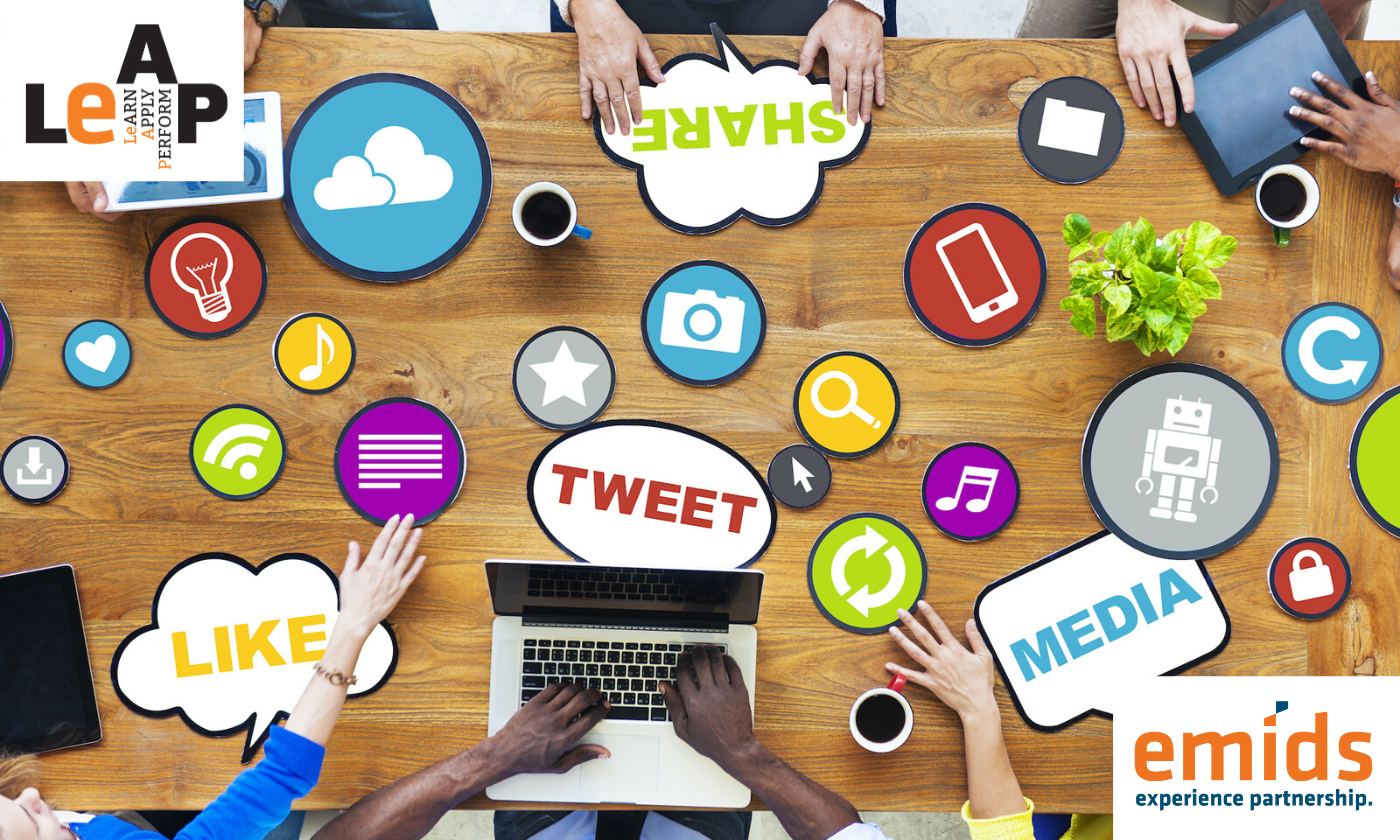On tracking her device use, radio presenter and TEDx speaker, Malavika Varadan was surprised to discover that she once had 396 notifications within a single day. As someone whose career demands a high level of connectedness with her followers and listeners, she was still astonished at the number. “That’s 22 notifications in an hour,” she exclaims. “That is a notification literally every two minutes. If I were to physically represent it, it would be like someone tapping me on the shoulder every two minutes going, ‘Hey, listen’, ‘Hey, listen!’” While Malavika advocates the vast benefits of being connected, she also wonders about how it blurs the lines between home, leisure, and work.
In 2018, 2.65 billion people were using social media globally. Research on the impact of this for business reflects a host of benefits such as improving reach, awareness, campaign relevance, and customer service. Social media has proven effective at boosting employee engagement, connecting global teams, and updating leaders with new knowledge. Some research also shows that online interactions jumpstart creativity and critical thinking skills. Unequivocally, social media is a game-changer.
The findings when it comes to overall productivity reveal mixed results. Because staying connected all the time comes at a price. So, what is the actual cost?
Effect 1: It adds to our multi-tasking list
Many of us pride ourselves on our ability to multi-task. In truth, it actually means performing just up to two tasks simultaneously – not five or four; and even this isn’t necessarily an optimal use of our mental faculties. A study conducted in 2001 showed that as participants shifted from one task to another, they lost what added up to significant amounts of time due to ‘goal shifting’ and ‘role activation’.
Say a manager is conducting an appraisal, and receives a text from a colleague about weekend plans. Responding to the message during the meeting means he must shift from the role of boss to a friend, and back again. When this happens several times over multiple digital interactions, it can drain energy and cause more inefficiency than we think.
What you can do: declutter your notification jungle
For those who turn to social media as a break from work, ensure it is exactly that – downtime. Responsible social media use, perhaps as part of your coffee break, can give you dedicated time for wholesome, rewarding, and guilt-free experiences with your social networks.
Some roles do require employees to be connected to their devices as part of their jobs. Using apps that restrict notifications to those you really need, can help improve focus. For instance, Pixel users can leverage a plethora of features on Google’s Digital Wellbeing app that allow them to create dedicated work profiles, snooze notifications, schedule quiet time, and more. Google has also released a new app, PostBox, that allows users to organize how they receive notifications. You can even schedule these to pop up only during your break times! Try these other digital well-being apps from Google to see which ones work best for your workstyle.
Terming these active steps as our ‘non-negotiables’ to reclaiming a work-life balance while managing connectedness, Malavika reflects, “We might just create a healthier, more efficient, and productive workplace where everyone felt at ease to ‘check out’ every once in a while.” Do stay tuned in for our next post in the series.








